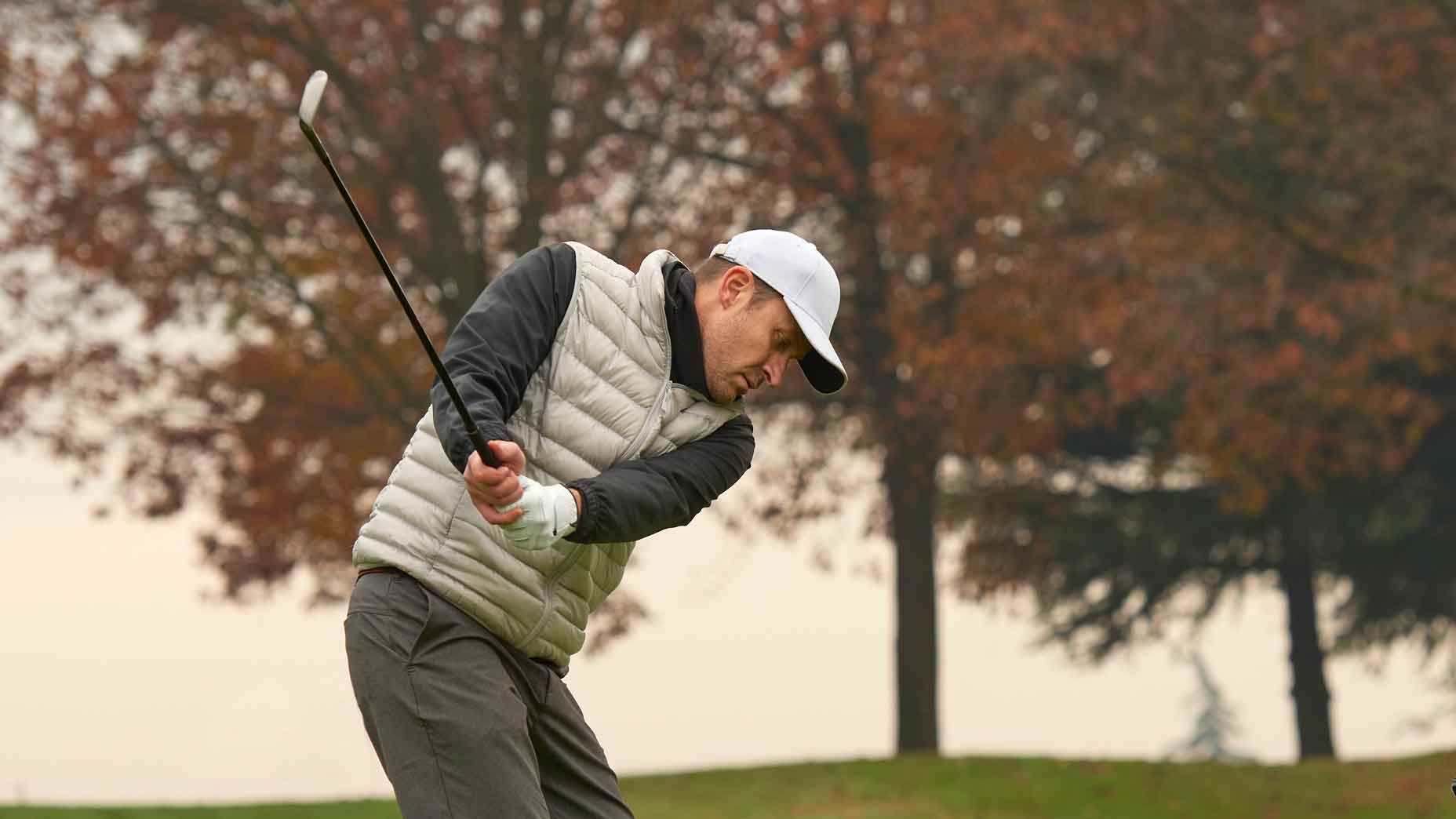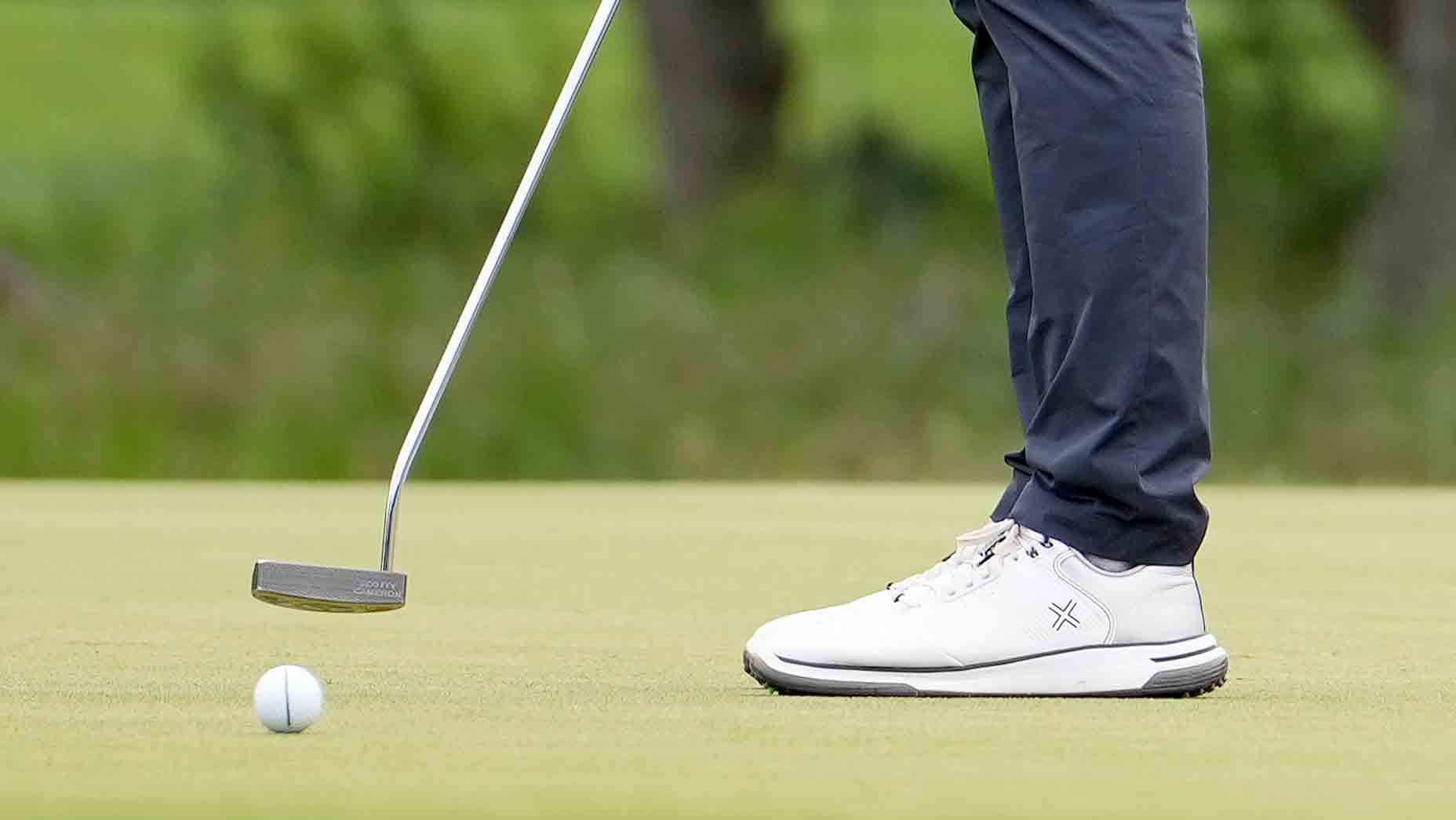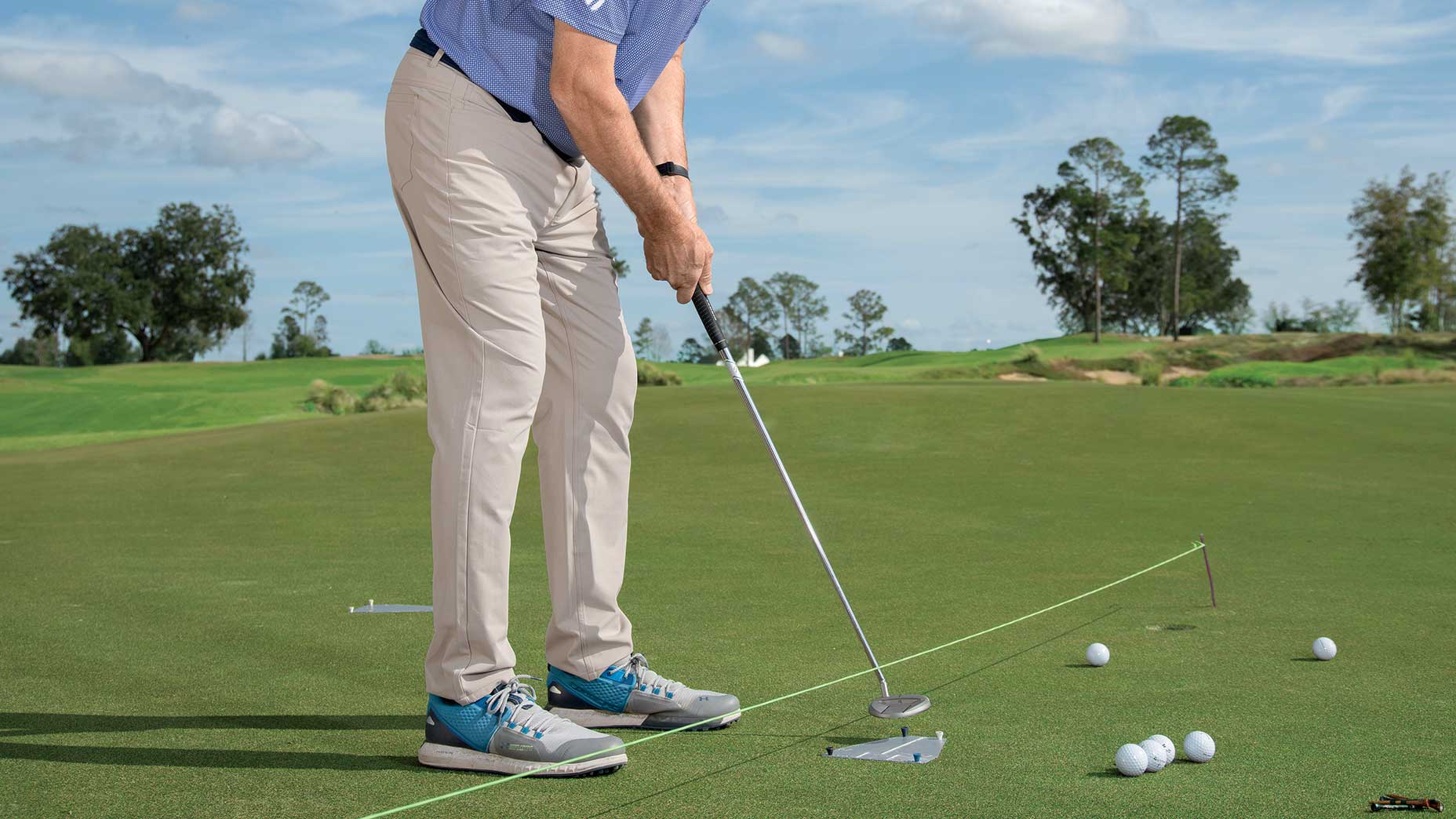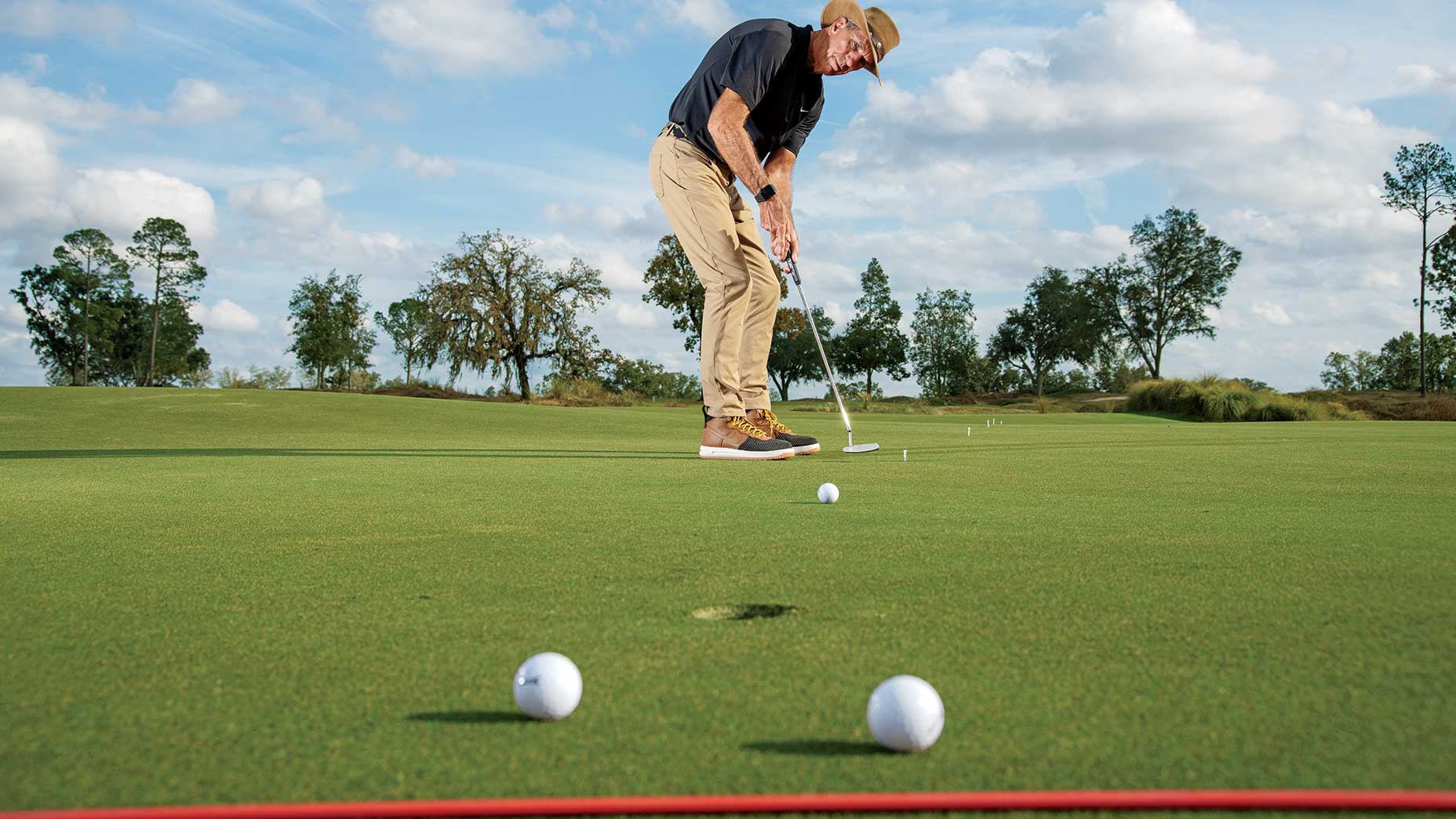While a good majority of golfers tend to miss the ball with a slice, for those who hook the ball, it can be just as frustrating. Anyone who has had a case of the hooks knows how demoralizing they can be — and can lead to plenty of unnecessary strokes during a round.
Hooks dive out of the air and often lead to quick trouble, so here are 10 ways to fix them once and for all.
How to stop hooking the golf ball
1. Thumb position
If your clubface is closed at impact and throughout your golf swing, there’s a good chance it’s coming from the way you’re holding the club.
To avoid your clubface getting too closed, check the position of your thumbs on the club at address. Try placing the thumb of your lead hand straight down the center of the grip of the club. On your trail hand, be sure that your thumb is on the target side of the grip.
Having either hand rotated too far away from the target at address will cause the face to close — likely producing a hook.
2. Don’t re-grip
Many golfers who hook the ball tend to re-grip and change their hands right before they start their swing — many of whom are unaware they even do this. This is where having the same pre-shot routine is important, sticking with the good habit of placing your hands correctly (and keeping them in that position) prior to swinging.
3. Set the club properly to start
Most golfers know they should set the club on the ground behind the ball at address prior to taking their shot — but it sounds easier than it really is.
That’s because every club has a different loft, so the clubface can look different when you set it on the ground. Many golfers who struggle with chronic hooks struggle with incorrectly closing the clubface at address, meaning their grip is twisted towards the target.
To fix this, look for the markings on the grip of your club. These are there to help aid you in setting the club correctly, making sure it’s centered.
4. Let the lead arm pull
If your grip is correct and your club is set properly at address, you can avoid hooking a shot by having your lead arm feel like it’s pulling forward. The more dominant lead arm will keep the clubface from closing, allowing for a more square face at impact.
5. Rotate your body
You must add forward rotation to avoid hooking the ball. By doing this, you’ll prevent both your hands and arms from winning the race to the ball — which can cause a hook.
6. Keep your trail heel up
On your forward swing, be mindful that your trail heel starts to come up as you swing forward. If your weight stays on your back foot for too long, this can cause your body to fall backwards — causing the clubface to close.
7. Square your trail foot
Although it may feel restrictive if you’re not accustomed to doing it, you can turn in your trail foot so that it’s square and straight. With a square trail foot, it will help with your downswing path, making sure it isn’t too in-to-out.
8. Less depth in your backswing
Be mindful about your backswing, making sure it isn’t so curved that the club gets too far around, ultimately producing a hook path. The goal is to make your backswing a more straight back which will allow for a more out-to-in swing path.
9. Use an open stance
A more open stance it will limit your ability to get the club too much around your body in the backswing, making it easier to turn through on the forward swing.
10. Practice using a putter grip
If you place your hands on a putter, the flat top of the grip provides a great location for your thumbs. With both thumbs straight down, the clubface tends to be a bit more open. Try to replicate that same feeling on your other clubs.










